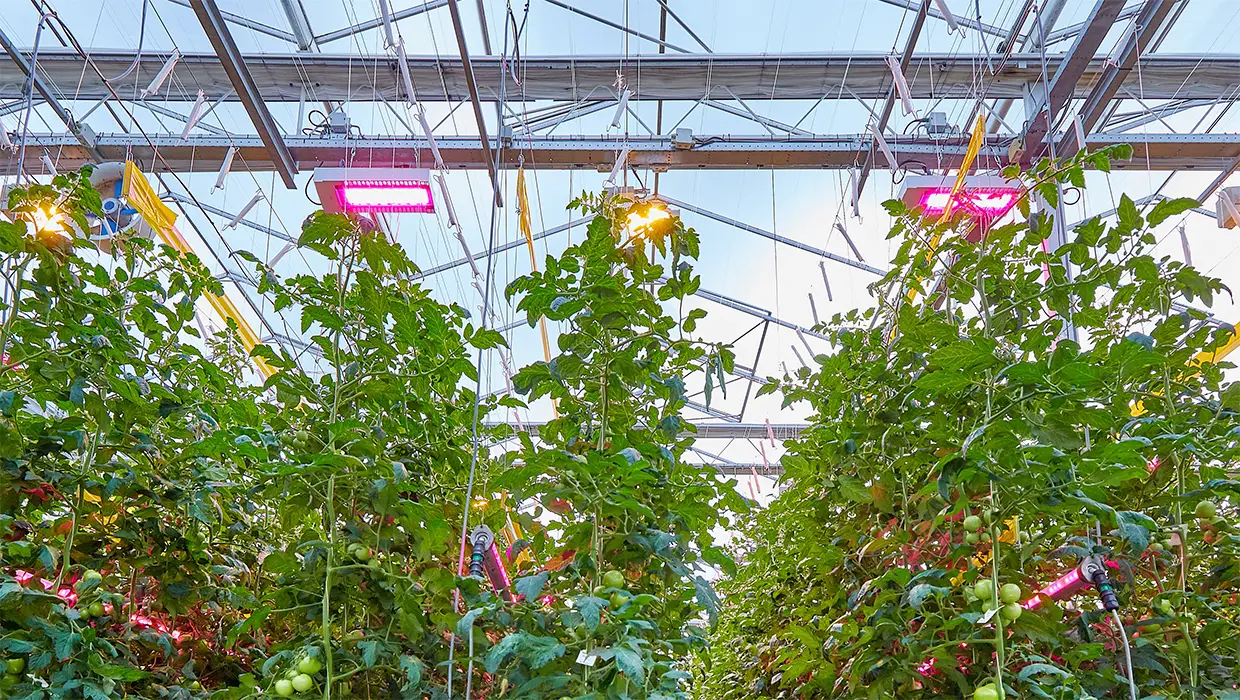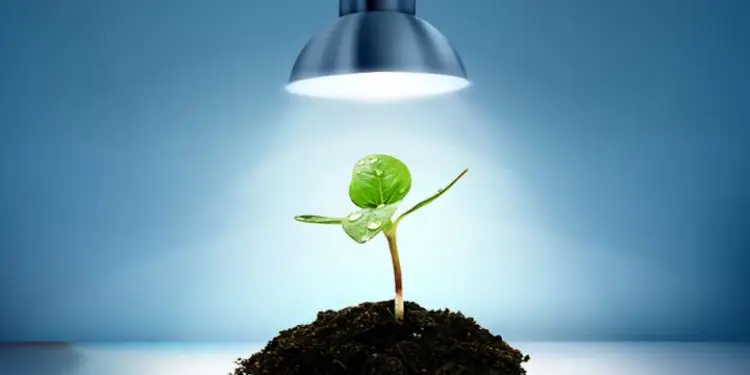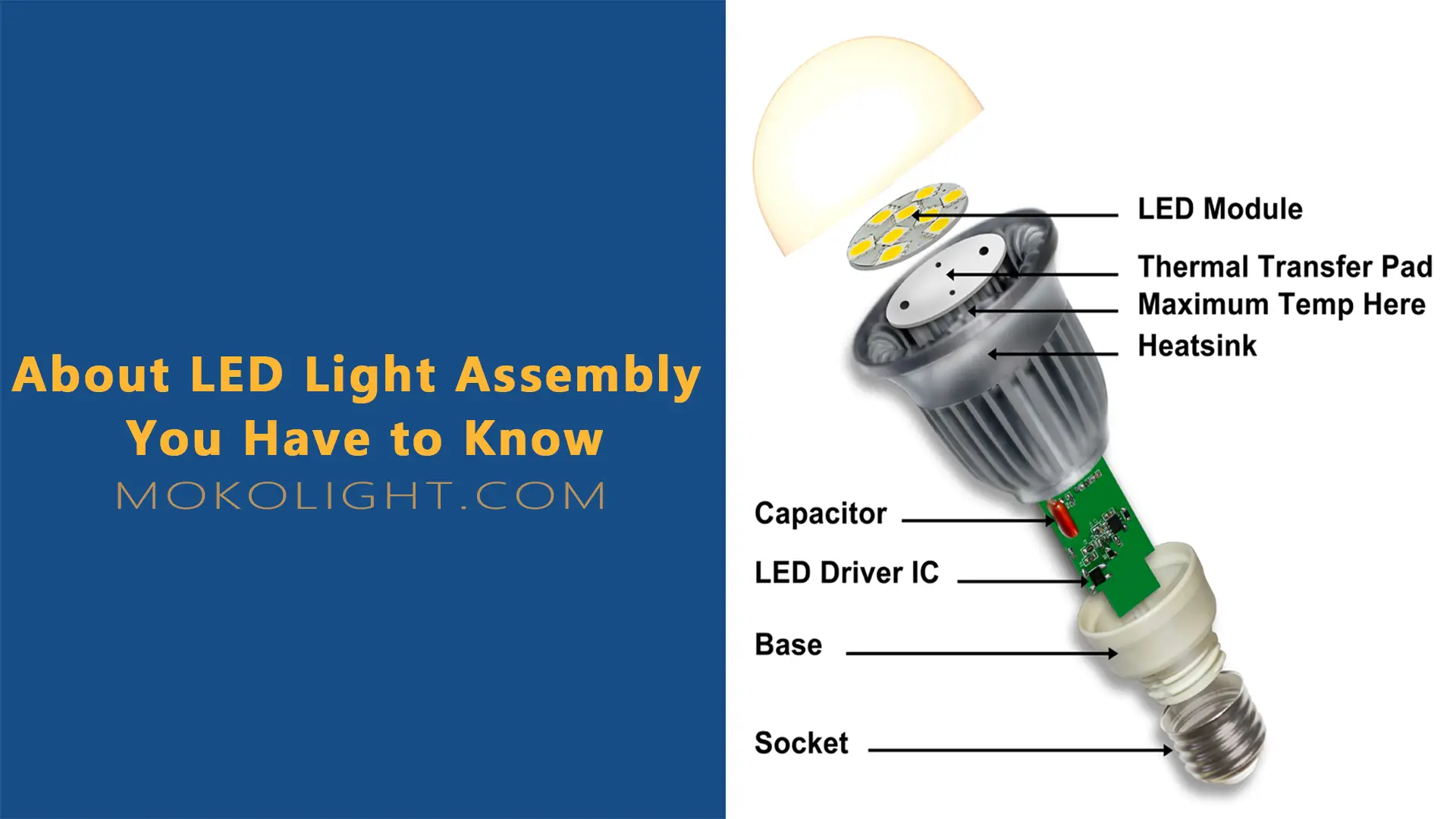Au cours des dernières années, plant factories and plant grow LED light have received unprecedented attention. According to the United Nations, the global population will reach 9.5 billion by 2050, and human food demand will increase by 70%-100% compared to the current level. Cependant, the per capita arable land area has fallen from 0.33hm2 to 0.22hm2 in the past 30 années, a decrease of 31.7%.
This article is based on a WIFI-based intelligent lighting system for cultivation of electrodeless plant lights, using induction lamp as the light source, giving full play to the high luminous efficiency of the electrodeless lamp, stable luminous flux, good color rendering, no flicker, no noise, adjustable power, et économie d'énergie. Environmental protection and other characteristics, combined with the remote intelligent control system, can meet the needs of plant growth wavelength and light, and is particularly suitable for light-controlled plant cultivation environments, which can well meet market needs.
Background introduction
Au cours des dernières années, plant factories have received unprecedented attention. According to the United Nations, the global population will reach 9.5 billion by 2050, and human food demand will increase by 70%-100% compared to the current level. Cependant, the per capita arable land area has fallen from 0.33hm2 to 0.22hm2 in the past 30 années, a decrease of 31.7%.
There are many factors that affect plant growth, and light is one of the most important factors. The so-called “everything grows on the sun”, plants have requirements for light, mainly in terms of light color, spectre, intensité lumineuse, and light time. Donc, by artificially developing the illumination of specific spectrum lighting products, the growth of plants can be greatly improved.
Maintenant, the relative cost of plant factories is still very high, of which electricity costs account for 30% du coût. If the efficiency of converting electrical energy from plant lights to light energy cannot be improved, the high-cost planting method of plant factories will not attract farmers much. Pour plant factories to develop rapidly, the energy consumption of plant lights is a problem that must be overcome.
With the improvement of people’s living standards, traditional agricultural planting can no longer meet people’s needs, and new agricultural technologies have been developed rapidly. Greenhouse planting technology has developed rapidly in recent years. Greenhouse planting requires plant lights to supplement light. Traditional greenhouse planting does not deal with the uniformity of light, and there is no effective analysis of the cost of light in plant lights. It has not been studied whether the light intensity is The problem of light saturation point attachment, etc., illuminates the efficiency of the plant light, reducing people’s enthusiasm for using the plant grow LED light. Some developed countries, such as the United States, Japan, and the Netherlands, are developing plant grow LED light as the light source. The participation of large companies in these countries has accelerated the development of plant grow LED light to a certain extent. En même temps, the large companies in these countries are related to plant lights. The monopoly of patents has pushed up the cost of plant grow LED light and hindered the promotion and popularization of plant lights.
Test development and process
The sun’s radiation wave is a continuous long-spectrum electromagnetic wave. Visible light is only a small continuous spectrum in solar radiation. The spectrum that can produce photosynthesis with plants is also a very small part of visible light, accounting for about the total of visible light. 5%. MOKOLight began to study plant grow LED light as early as 2011. Through multiple comparison experiments, it has been verified that red light with a wavelength of 620-680 and blue light with a wavelength of 400-500 have the greatest impact on the photosynthesis of plants. The combination of these two lights can be Effectively promote the growth of plants.
The MOKOLight Smart Plant Factory uses smart devices to precisely control its internal environment to achieve an efficient system for crops to grow in the best environment. This system is based on the B/S architecture, through WIFI, MOKOSmart Bluetooth gateway, and MOKOSmart smart socket lights. Intelligent equipment realizes remote control, and controls the light, carbon dioxide concentration, and temperature light in the crop growth environment. The growth of crops is not restricted by the external environment, so that people can grow vegetables in winter, and can be grown in the Antarctic or Arctic regions. Vegetables and food.
The following are the relevant results of the MOKOLight experiment:
- Strawberries, tomatoes: The best light ratio for the growth and development of tomatoes and strawberries is red light: blue light = 9:1, this ratio of light is that strawberries and tomatoes have high sugar content and large fruits.
- Holly: The best red-blue light ratio for holly growth is red light: 咣咣=8:1. In this light ratio, holly is strong and the roots are well developed.
- Sprouts: The most obvious light ratio for the growth of sprouts is red light: lumière bleue: green light = 6: 2: 1.
- Matilion: The best light ratio for Matilion’s growth is red light: blue light=6:2.
- Anthurium andraeanum hot sun: The best light ratio for the growth of Anthurium andraeanum hot sun is red light: blue light=7:3, which is conducive to rooting and organic matter accumulation.
- Dendrobium candidum: The ratio of red light: blue light=7:3 for Dendrobium candidum has the best proliferation effect. lumière rouge: blue light=6:4 is conducive to photosynthesis and material accumulation of plants.
- Lettuce: The most suitable light source for the growth and development of lettuce is red light: blue light=6:1 et feu rouge: blue light=7:1 when the value of lettuce is fixed and the seedlings are developing.
- Leek: Leek under the irradiation of the growth lamp with the light ratio of red light: blue light = 7:1, the height of the plant and the width of the leaf of the leek are higher than other treatments.
- Cucumber: The best red and blue light ratios for cucumber seedlings and the growth period are red light: blue light = 7: 2 et feu rouge: blue light = 7:1.
- Green vegetables and water spinach: the most suitable for green vegetables, the ratio of red and blue light for the growth of water spinach leaves is red light: blue light = 7:1.
- White radish: the ratio of red and blue light is red light: blue light=8:1 is the best growth light quality for white radish.
- Lettuce: Lettuce grows best when the ratio of red to blue light is red light: blue light=9:1.
The growth environment of MOKOLight experimental plants:
- Lighting conditions: all grow under artificial light sources without natural light. The light cycle is divided into two types, one is divided into 3 rounds a day, each round is 8h, the first 6h growth light is on, and the back 2h is off. The other is to turn on the plant lights for 14 hours and light for 10 heures.
- Ambient temperature: The temperature is about 28℃-30℃.
- Relative humidity: 50%-70% (after the air conditioner is turned on, it drops to about 60%)
After about three weeks, a single lettuce grows from the first 4 leaf petals to 11 with a width of 9-10 cm. The growth height is relatively good, with a height increase of about 80%. The stems of lettuce are basically well-developed, and the height increases rapidly, as shown in Figure 3. Compared with the lettuce group grown under our regular daylight lighting environment, this growth rate accelerates plant growth by more than 50% (based on leaf area and weight).
Through the development of a large number of customers and the experimental results of MOKOLight, le MOKOLight plant lamp accelerates the growth of plants nearly twice as much as the sodium lamp plant lamp (based on the leaf area and the result weight of the fruit). The experimental report is based on the comparative test data of 200 W and 400 W high-pressure sodium lamps illuminated by MOKOLight plant lights, and the data obtained by planting tomatoes and other sun-friendly crops.
Résumé
This project is based on the WIFI-based MOKOLight plant lamp cultivation intelligent supplementary light system, using MOKOLight growth lamp as the supplementary light source, combined with the remote intelligent control system, can meet the needs of plant wavelength illumination, and is particularly suitable for light-controlled plant cultivation environments. To meet market demand. The principle of “point-and-shoot camera” is realized on the central software interface, c'est, any family member can effectively participate in and implement the cultivation of agricultural products, which is closer to the psychological and physical needs of modern consumers. The planted products of the project must meet the international pollution-free certification standards.
The implementation of this project can alleviate the dilemma of farmers relying on natural food, help farmers improve their production conditions, and increase the quality and yield of plants. En même temps, fruit crops can shorten the fruiting period, increase income, and generate significant economic and social benefits.
Through experiments, it can be found that LED grow light can be widely used in plant factories, culture en serre, indoor planting, and plant tissue culture. LED grow light have the advantages of high power conversion efficiency, energy-saving and environmental protection, and rich spectrum. The light is monochromatic light, the light wave is relatively narrow, such as blue light, lumière rouge, etc.. This feature allows the plant grow LED light to be customized according to different crops, and the light source most suitable for the growth of the target plant can be customized. Plants grow in a closed environment, there are basically no pests and weeds, which can reduce the use of pesticides and hormones, and crops in a closed environment are more green and environmentally friendly. Plant factories are an important link in the development of modern agriculture, and high-efficiency and energy-saving grow lights are an important factor in the indoor environment. The development prospect of LED grow lights is broad, and it is an important part of future life.









